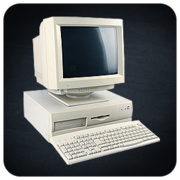This week's best things
Playing an instrument helps keep the brain young. Also: a museum of web design, innovation vs infrastructure, antifragility, Aurora Orchestra’s learning platform, sensory sculpture, design systems at the NHS, the “futures cone” as a way to think about uncertainty, and the “Age of Worth It.”

This week I had 6 or so hours of Swedish exams which, given that I haven't sat in an actual 'formal' exam since I was about 18, was a lot.
Still, learning something completely new is fun, albeit difficult and frustrating at times.
This afternoon (3pm Central European Time if you're reading this on Friday 7th November) I am delivering a second webinar on 'practical uses of AI' for the UK Heritage Pulse. Join us, and you can watch the first session back here.
Ok, here are some good things.
Playing a musical instrument good for brain health in later life
Staying on learning Swedish - it really shone a light on the 'reduced plasticity' of my ageing brain. Poor me.
Anyway, apparently learning a new skill (like a language, or musical instrument) can help slow and reverse the 'brain shrinkage' and cognitive decline that everyone experiences as they age.
""Because we have such sensitive brain tests for this study, we are able to look at individual aspects of the brain function, such as short-term memory, long-term memory, and problem-solving and how engaging music effects that," lead author Prof Anne Corbett told the BBC.
"Certainly this confirms and cements on a much larger scale what we already know about the benefits of music.
"Specifically, playing an instrument has a particularly big effect, and people who continue to play into an older age saw an additional benefit," she said.
Prof Corbett said: "Our brain is a muscle like anything else and it needs to be exercised, and learning to read music is a bit like learning a new language, it's challenging.""

Web Design Museum
I came across this via a tweet from Danny Birchall, it's an extremely enjoyable archive of designs of websites, flash games, and old software across the last 30 years.
Please enjoy the Lego homepage from 1996.
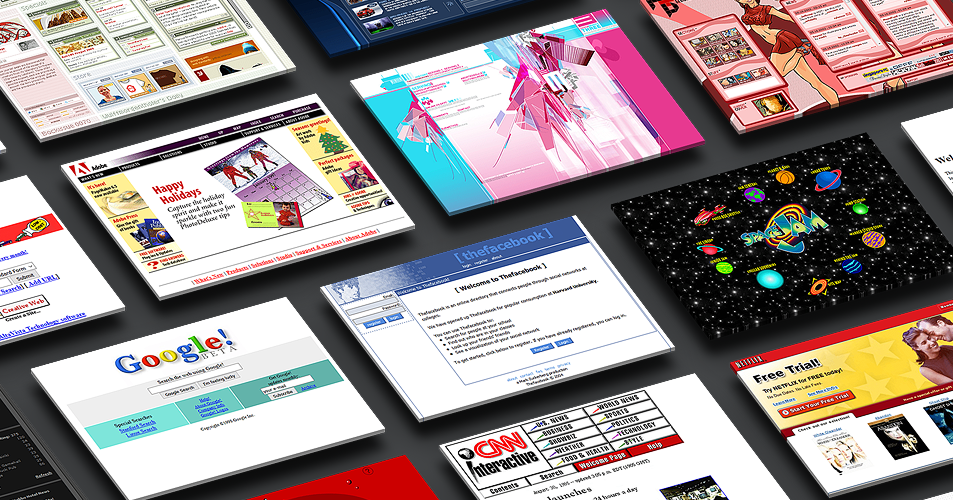
Innovation is not infrastructure
A useful reflection from Koven Smith, who was until recently the Senior Program Director for Arts at the Knight Foundation.
"The problem with innovation funds is that they do nothing to address the arts sector’s most urgent issue: overwhelming technical debt. Technical debt is the accumulated cost of short-term technical fixes that quietly erode capacity over time. In the arts, it shows up everywhere. Choreographers can’t afford new laptops, so rendering rehearsal footage takes hours instead of minutes. Decades of underinvestment in technical staff have left museums unable to form a coherent response to generative AI. The music industry failed to tackle online distribution early on, so every musician now lives under Spotify’s thumb.
Innovation funds ignore these kinds of problems in favor of flashier, but far less impactful, projects. In so doing, innovation funds actually compound the problem: they require grantees to take on new technical infrastructure that they would not otherwise need, while simultaneously allowing existing infrastructure to crumble further. It still takes that choreographer hours to render rehearsal footage on that ancient MacBook Air they got in college, but, hey! Now they also have to maintain a closet full of motion-capture suits!
Innovation is not infrastructure."
I'm not sure I'd agree that technical debt is the sector's 'most urgent' digital issue, but it certainly is one of those 'big, invisible brakes' on progress and impact (that are numerous, and widespread) that exist in many (most?) organisations.
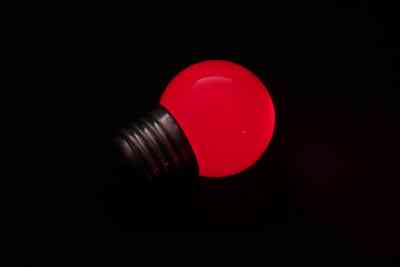
This is how we built...a platform for teaching music
The second in my new pilot series of short explorations into how digital stuff actually gets made.
This episode features an enjoyable frank conversation with Rebecca Barnett, Learning Director at the Aurora Orchestra.
We talked about Aurora Classroom, an education platform aimed at teachers which launched during the pandemic.

What does a sculpture sound like? How does it feel? Does it smell?
A fascinating-sounding exhibition opens at the Henry Moore Institue in Leeds.
"the UK’s first major sculpture exhibition in which blind and partially blind practitioners are central to the curatorial process and make up the majority of participating artists.
As the exhibition demonstrates, blindness is no barrier to creating ambitious, provocative and internationally significant sculpture. Incorporating touch, sound, smell and movement, the works are playful, poetic and often deeply thought-provoking. They challenge the dominance of sight in how we make and experience art, inviting visitors to encounter sculpture in ways that reach far beyond the visual."
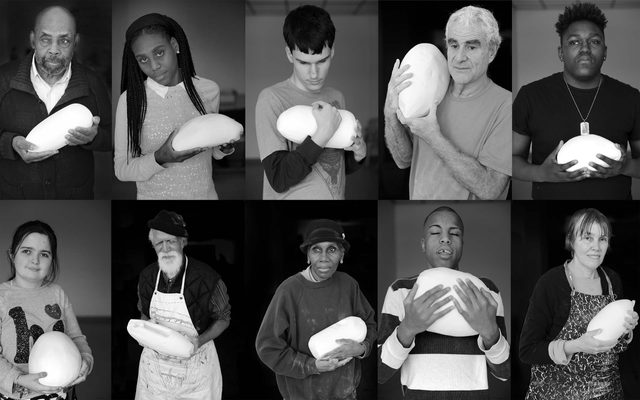
What is the opposite of fragile?
I enjoyed this post from Ed Rodley in which he explores some of the ideas from Nassim Taleb's 2012 book Antifragile.
"Taleb breaks down organizations into three kinds: fragile ones that break under pressure; robust ones that resist pressure, but don’t adapt to it, and; antifragile ones that grow and improve from pressure. Or as Taleb says, “Antifragility is beyond resilience or robustness. The resilient resists shocks and stays the same; the antifragile gets better.” What Taleb calls antifragile is something that grows more powerful as a result of being stressed. A central theme of the book is that chaos and uncertainty are unavoidable stresses. You can run, but you can’t hide. Antifragile offers a path forward that asks what if we think about stress not as a thing to be avoided but rather as something to harness?"
He also looks at the idea of subtractive focus (something that humanity at large is bad at):
"Book VI (yes, it’s THAT kind of book) of Antifragile is all about via negativa “the negative way” and the idea that less really is more. I have said for some time that museums are great at additive change, but they suck at subtractive change. Taleb posits embracing via negativa as an essential part of becoming more antifragile. “The road to robustness is via negativa—not by addition but by subtraction.” Embracing via negativa means strengthening your institution by removing what doesn’t serve your mission or your visitors. Retire outdated programs that no longer meet audience needs. Simplify approval processes that slow experimentation. Say “no” to projects that drain staff energy without deepening impact."
Making the NHS design system fit for the future
A good read from the NHS's Tero Väänänen.
It touches on quite a lot, including...
The value of design systems: "design systems help delivery teams create consistent user experiences that feel familiar, behave predictably, and, when done well, are accessible.
They do this by offering a set of reusable design components and patterns that can be trusted and used 'off the shelf' by multiple teams, saving them time and effort. "
And the value and importance of brand: "the NHS brand is highly trusted and needs to be protected. The NHS logo and blue colour scheme is a trust mark to many. Digital products that look like phishing sites, or fake NHS websites can cause real harm, which makes maintaining visual and brand consistency both a cyber security and clinical safety issue."
The futures cone
I enjoyed reading about 'the futures cone' this week (only partly because 'the futures cone' is a very silly name).
It seems like a simple but potentially powerful way to think about the many different directions the future could take. Picture it as a cone stretching out from the present moment - narrow at the tip (now) and widening as it extends forward (the range of possible futures).
It helps us see that there isn’t just one future waiting to happen, but several kinds:
- Possible futures are anything we can imagine might happen, even if unlikely.
- Plausible futures are what could happen based on what we currently know.
- Probable futures are what’s most likely to happen if current trends continue.
- Preferable futures are what we want to happen.
Other versions also include the preposterous (what we think could never happen) and projected (a simple continuation of the present).
In practice, the futures cone could be used in strategy work to explore uncertainty and make better long-term decisions. Instead of trying to predict the future, it helps organisations map out multiple possibilities, discuss what kind of future they want to create, and spot early signs of change.
I suppose this idea is a bit of a companion piece to the article I shared last week from Margaret Heffernan in which she wrote "once we accept that we do not know what the future holds, then the strategic minds addressing must use imagination". The futures cone is one way to help support that imaginative effort.
If you're interested in this sort of thing then the Three Horzions model is probably also worth a look because I think the two frameworks could be useful when used together. 'The cone' (really, such a silly name) pushes your thinking wide and the horizons model can give structure (and sequencing) to those possibilities so that your future-focused-thinking isn't purely speculative.

Pre-mortems
On the subject of imagining different futures, this week I published a guide on how to run a pre-mortem (and why you'd want to).
"A pre-mortem, where teams imagine a project has already failed and work backwards to identify why, can be an effective way to surface risks that optimism, power dynamics, or hierarchy might hide or leave unspoken.
For cultural organisations working with (and around) constrained resources, multiple stakeholders, and complex technical setups, it can be a structured way to have honest conversations before problems derail a project. While the exercise itself is low-stakes (it's about imagining failure, not experiencing it), the conversations it surfaces may not be - and that's the point!"
When I shared this piece Matthew Kalman Mezey replied that it sounded like a useful companion framework to the Liberating Structure TRIZ in which you imagine the worst possible version of something (and how you'd guarantee that failure) and then check which of your actual behaviours are present in that imagined scenario (and, hopefully, stop or change those behaviours as a result!).
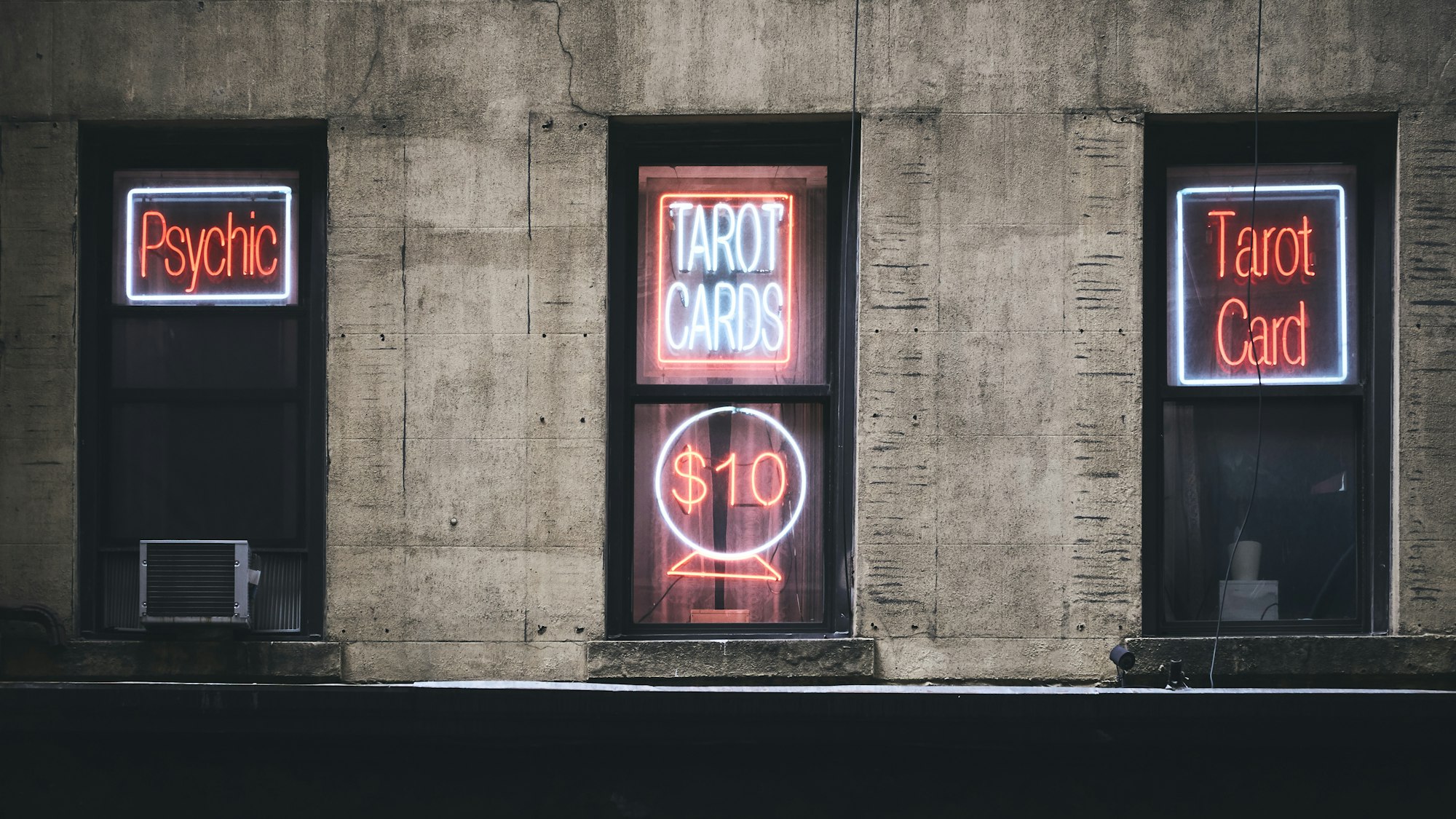
From Ownership to Immersion: The long arc of the Experience Economy
I enjoyed this post from Baker Richards' David Reece which I think touches on something lots of people have been feeling a version of.
"Now, in 2025, we live in what we might call the Age of 'Worth It'.
Every ticket or purchase now comes with a calculation: Is this worth my time, my money, my attention, my finite life? Can I afford to care about this?
Attention is depleted
This is the migration of meaning from ownership to experience to presence. We’re no longer buying the show; we’re buying the feeling of being inside it & the permission to care about something in a world that's competing for every scrap of attention.
Immersion has become the new frontier, not just a technology, but a response to a century of abstraction. After decades of screens, scarcity now lives in the physical: touch, proximity, atmosphere, the unrepeatable moment.
As Walter Benjamin wrote of the artwork’s 'aura' the power lies in its here-and-now. The audience looks for real, which has become the rarest currency of all."
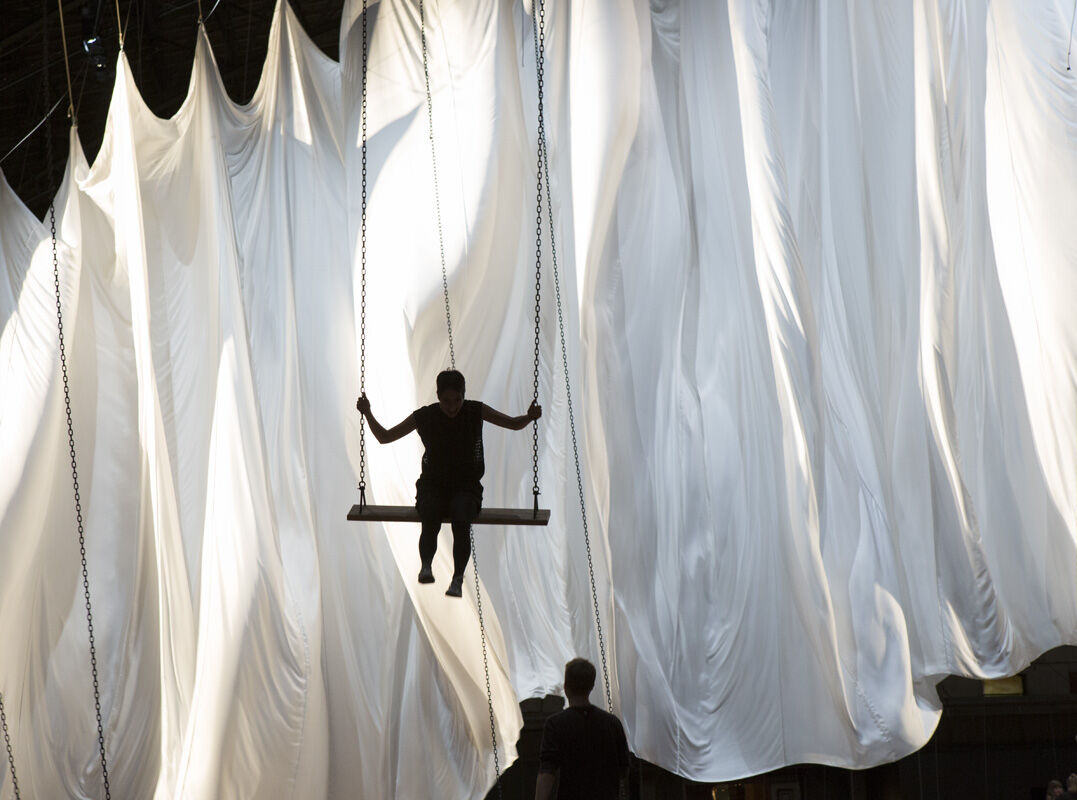
Words not to use
An enjoyably grumpy language style guide from the Office of National Statistics in the UK, an excerpt:
Do not use the following words:
[...]
- commit/pledge (we are either doing something or we are not)
[...]
- deliver (pizzas, post and services are delivered – not abstract concepts)
[...]
- land (as a verb; only use if you are writing about aircraft)
10,151 species of bird
Author and artist, Jer Thorp has created a nice data visualisation.
"Here's a 🪶 for (nearly) every species of bird, with colors extracted from wikipedia descriptions - 10,151 species, sized by wing length".
Jed wrote a bit more about the project here.
Last week's best things
Here are the three most popular links from last week's edition.
- Q42's Joris Bruil on 'Searching through museum collections'
- Tim Woodall on 'Content Strategy: what Arts Organisations can learn from Creative Brands… and vice versa'
- Dr Sarah Hughes on 'The Likability Trap™'
This week's consumption
I finally finished The Lion Women of Tehran by Marjan Kamali which was good, and I started The Rose Field by Philip Pullman which (two chapters in) is fantastic.
I've also started watching The Newsroom (Aaron Sorkin's TV show on HBO that ran from 2012-2014) - it's very very Sorkin (lots of people grandstanding and talking extremely fast) but quite enjoyable so far (although the score is absolutely rubbish.
See you next week
Thanks for reading all the way to the end, please enjoy this very old (2012) Chrome Experiment visualisation that I was reminded about this week which allows you to explore the 100,000 nearest stars. Along similar lines was The Scale of the Universe.
To finish, a quick reminder that I'm a consultant who helps cultural organisations do better digital work.
Here are some workshops I offer.
I'm also currently working with organisations on things involving:
- user research to inform digital investment priorities,
- technical strategy,
- leadership development,
- 'critical friend' advice,
- project governance,
- mentoring,
- digital strategy,
- and digital readiness.
If it sounds like I could be useful, then let's chat.

